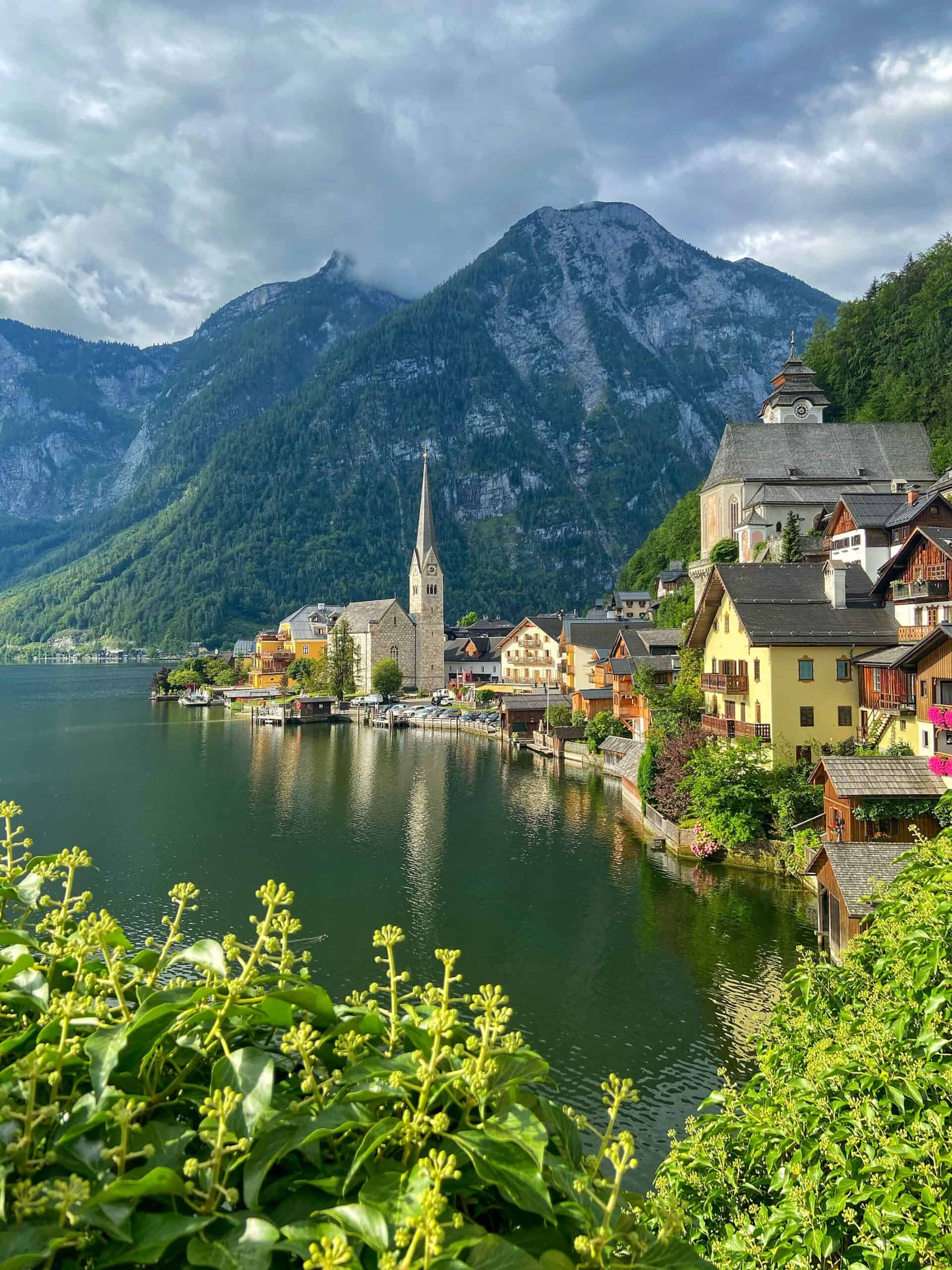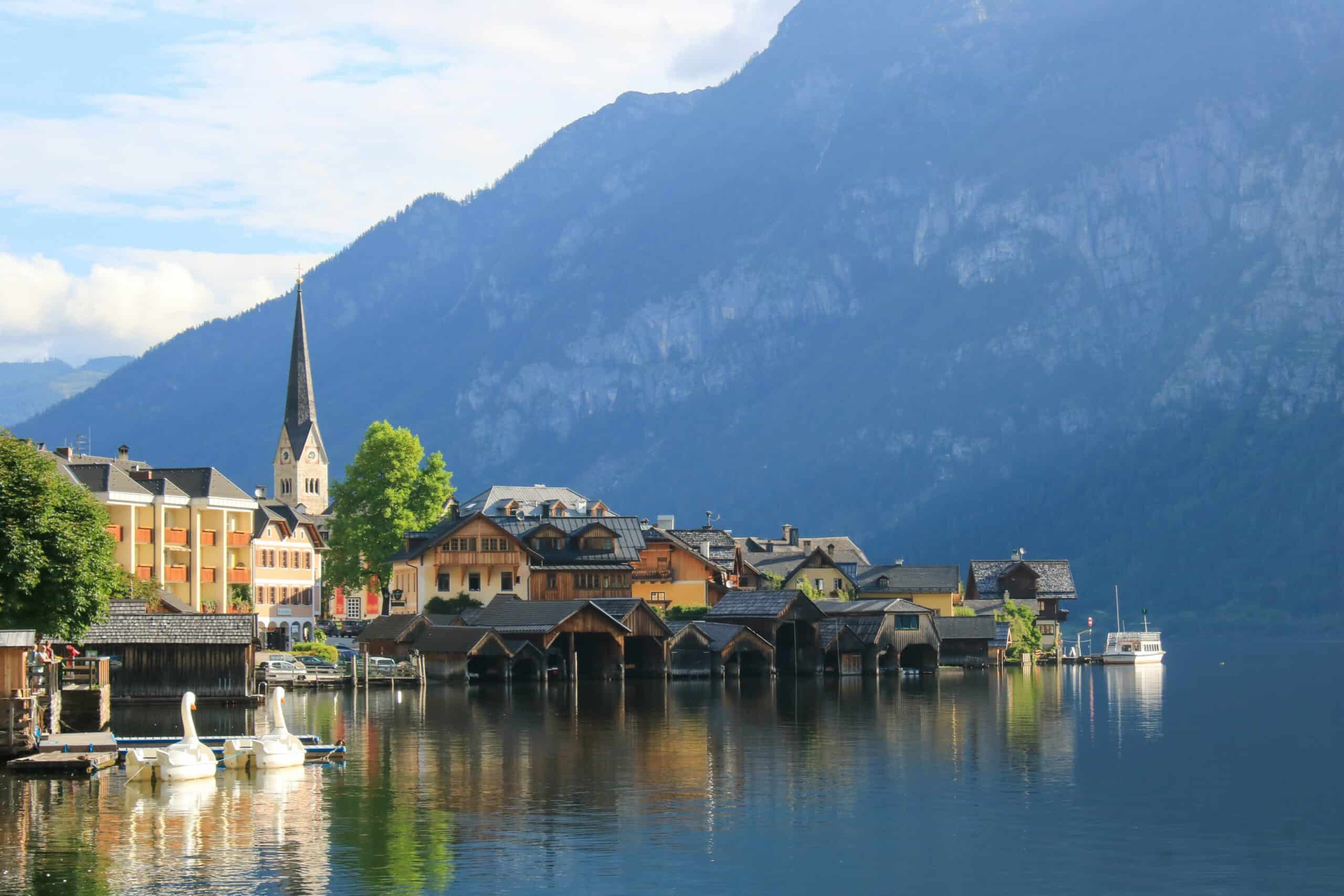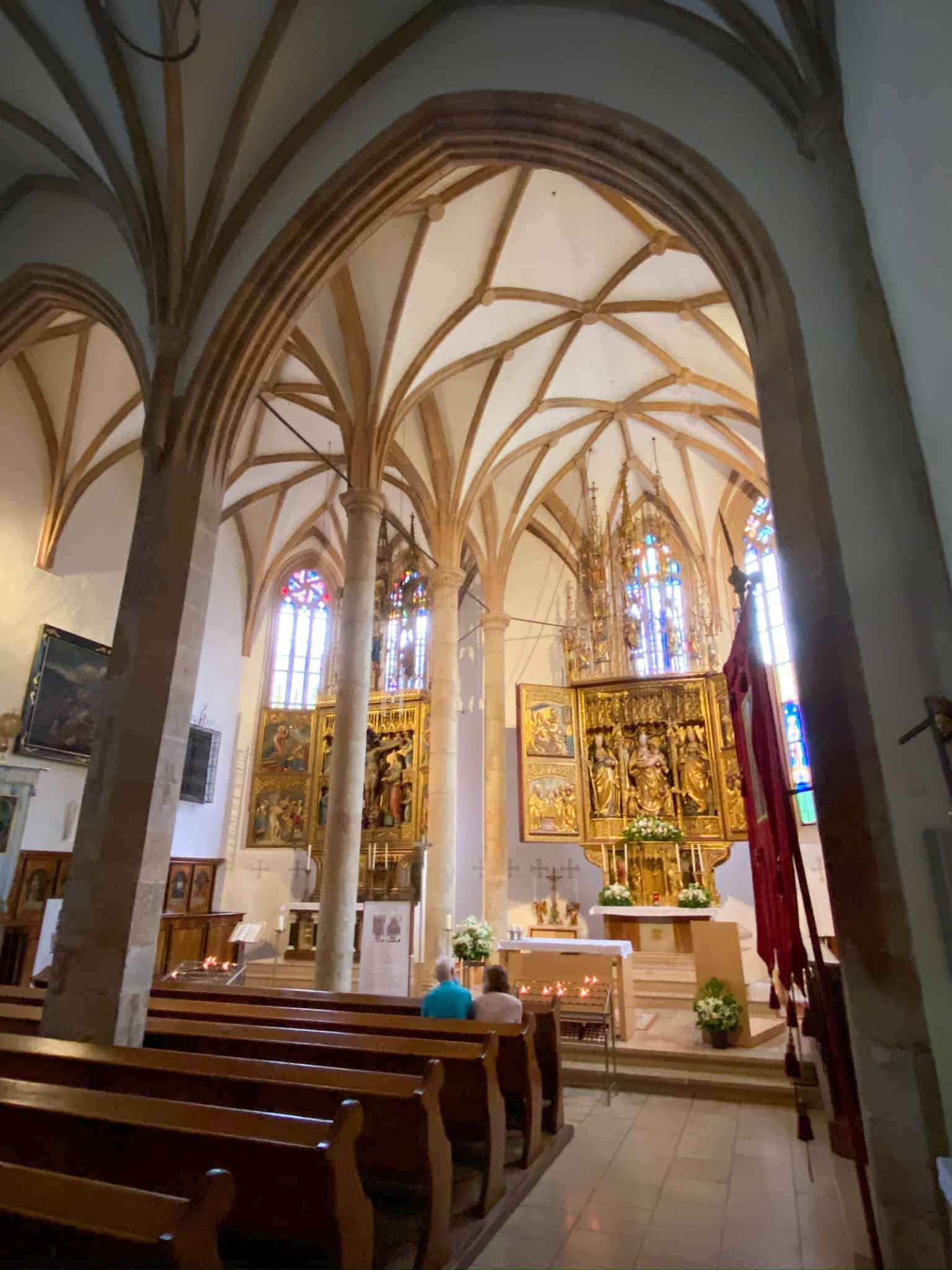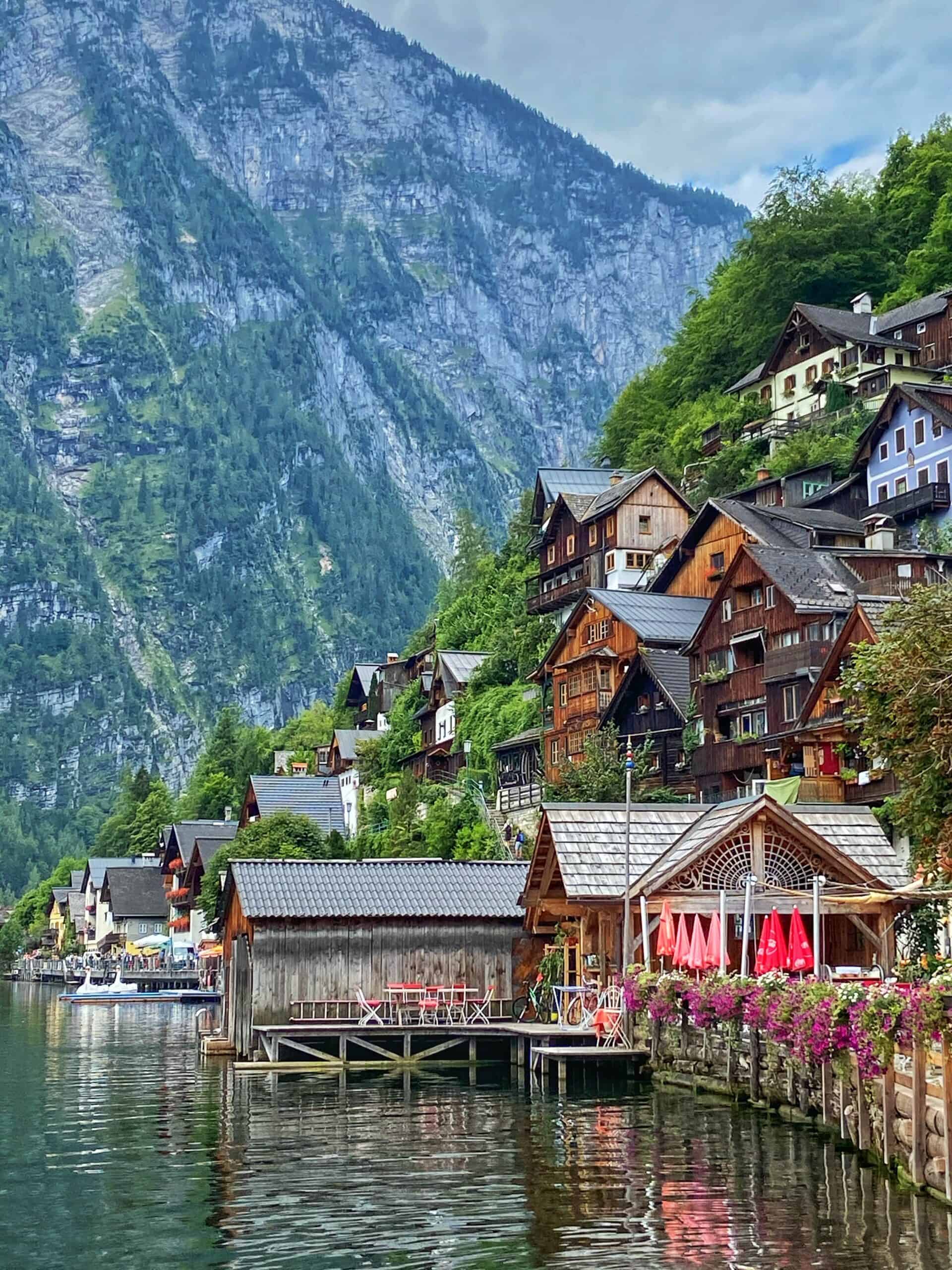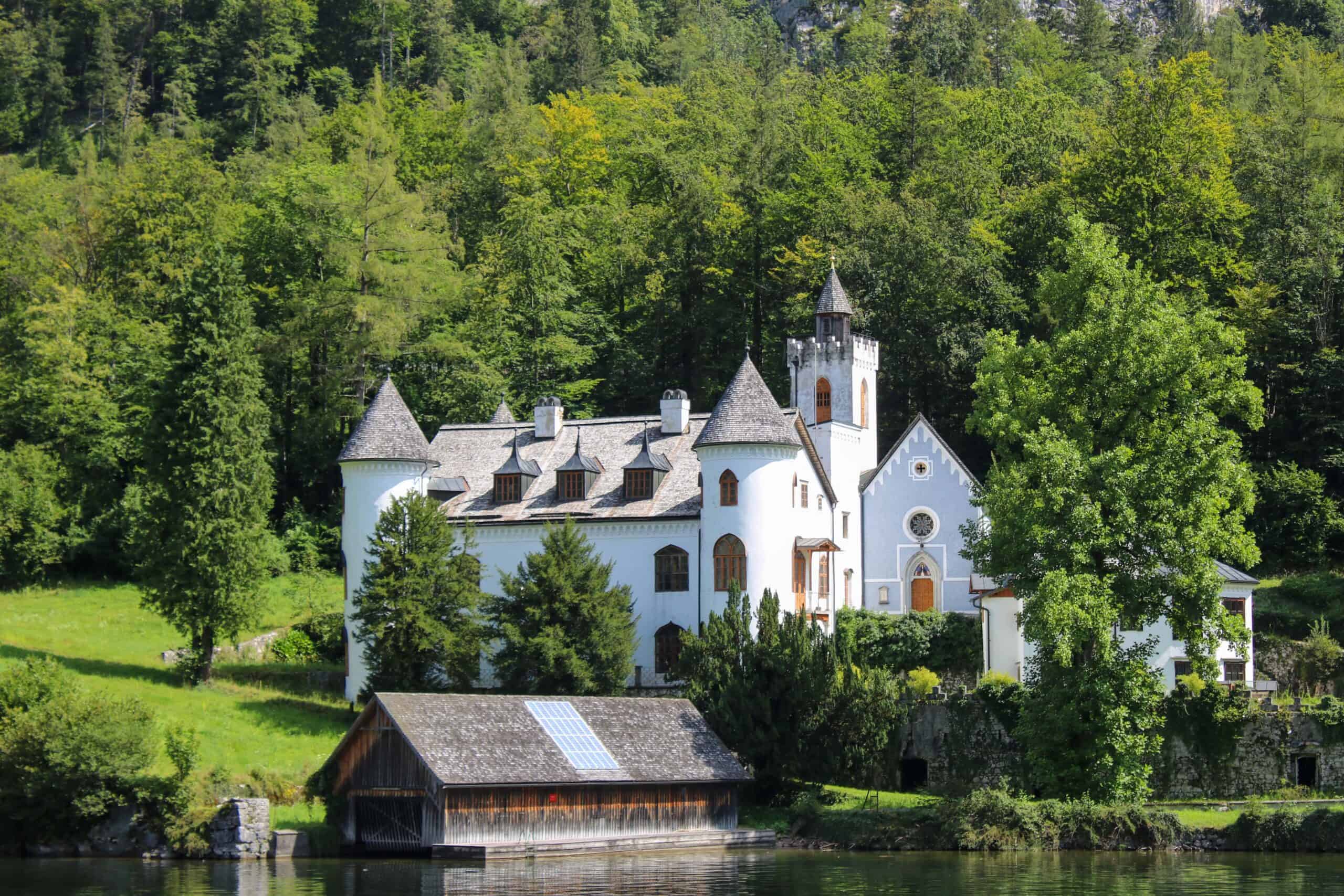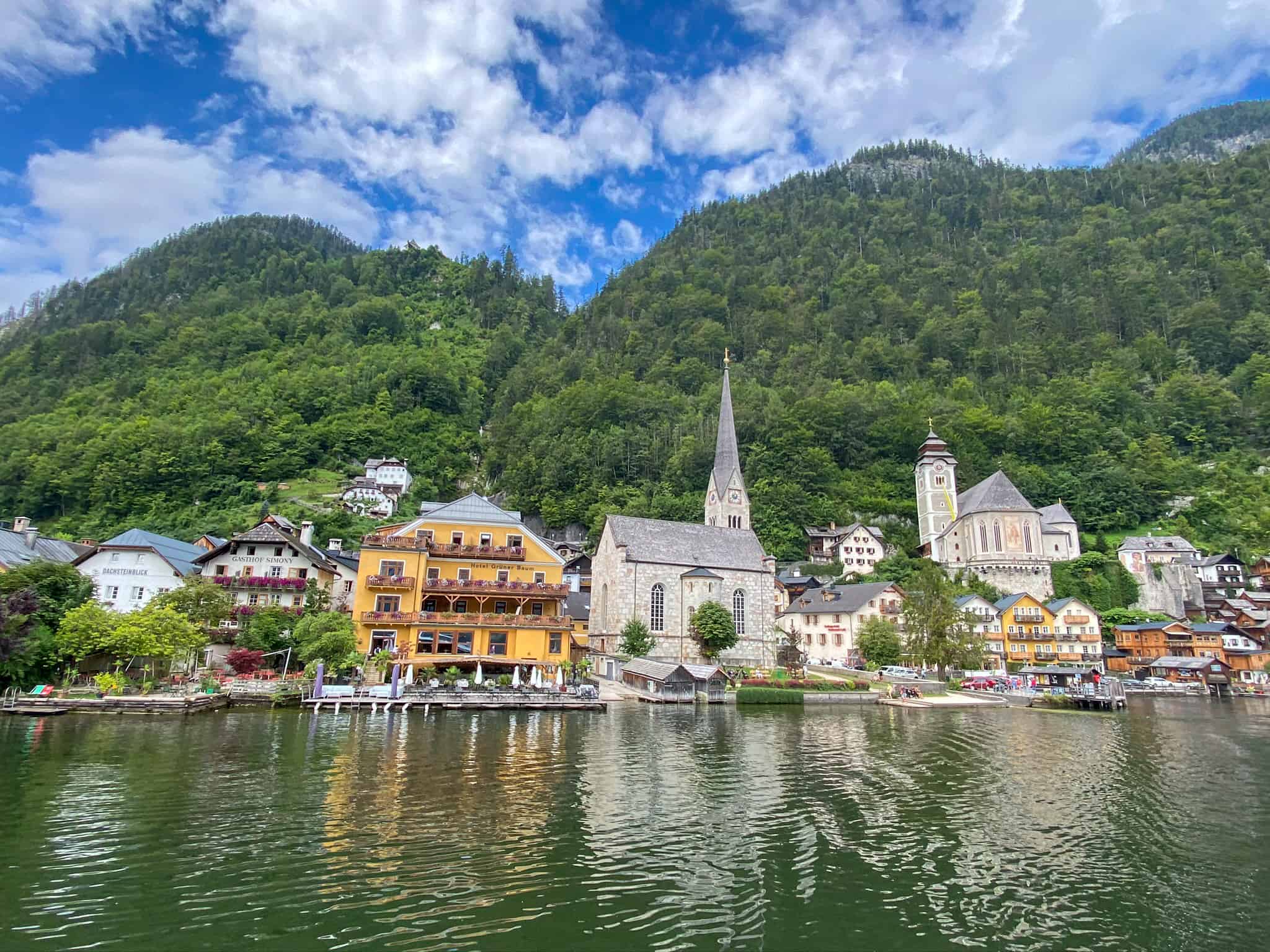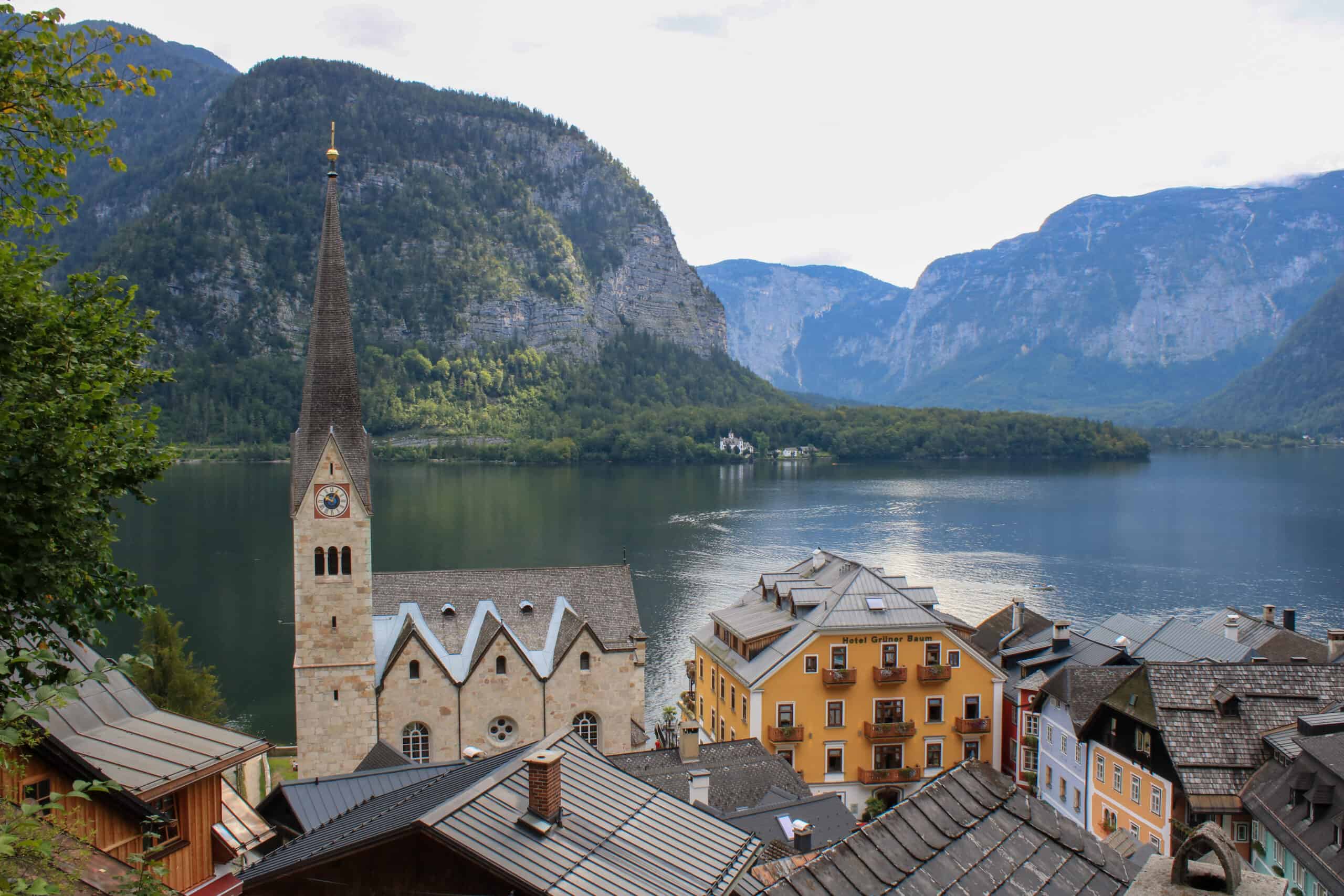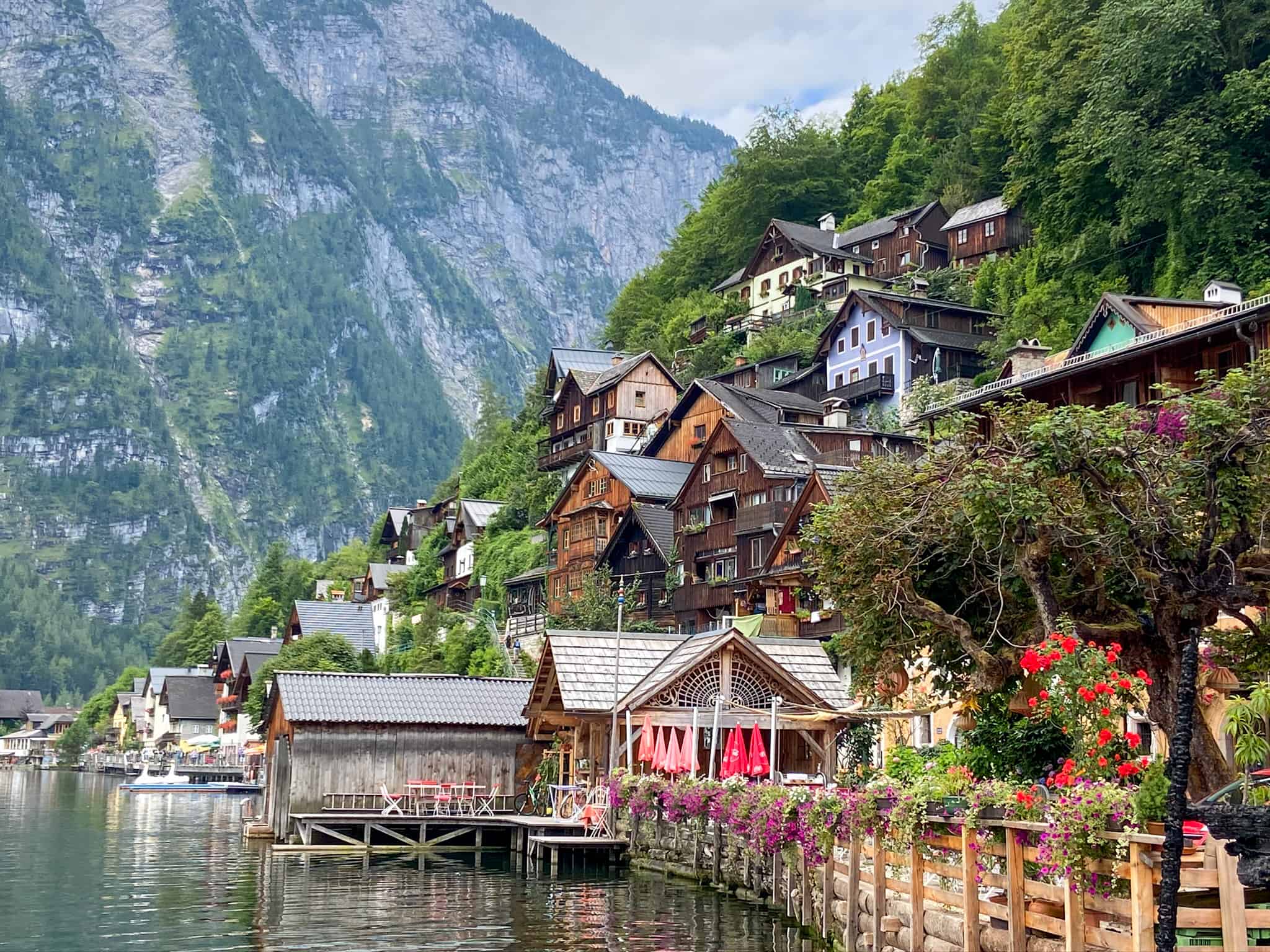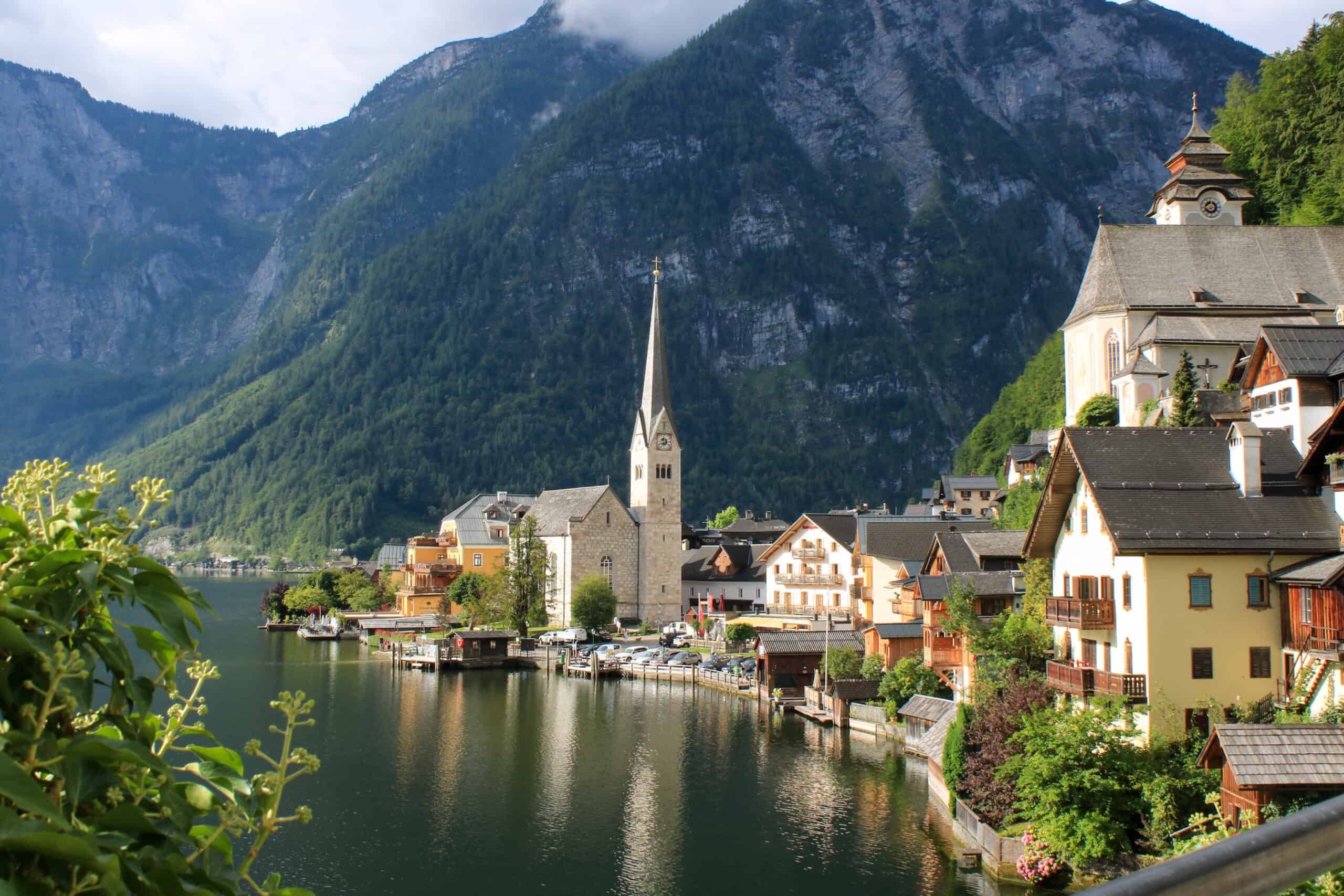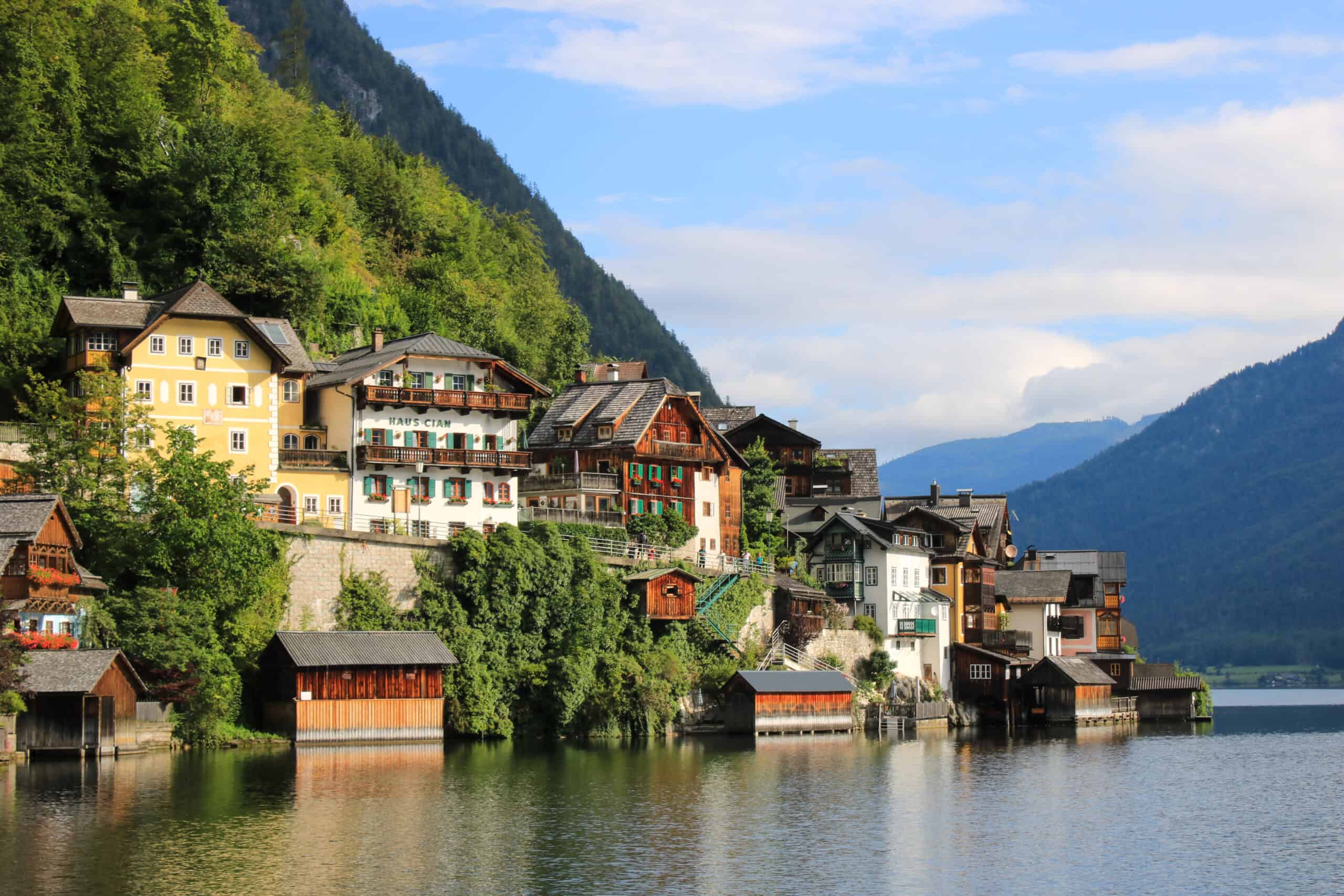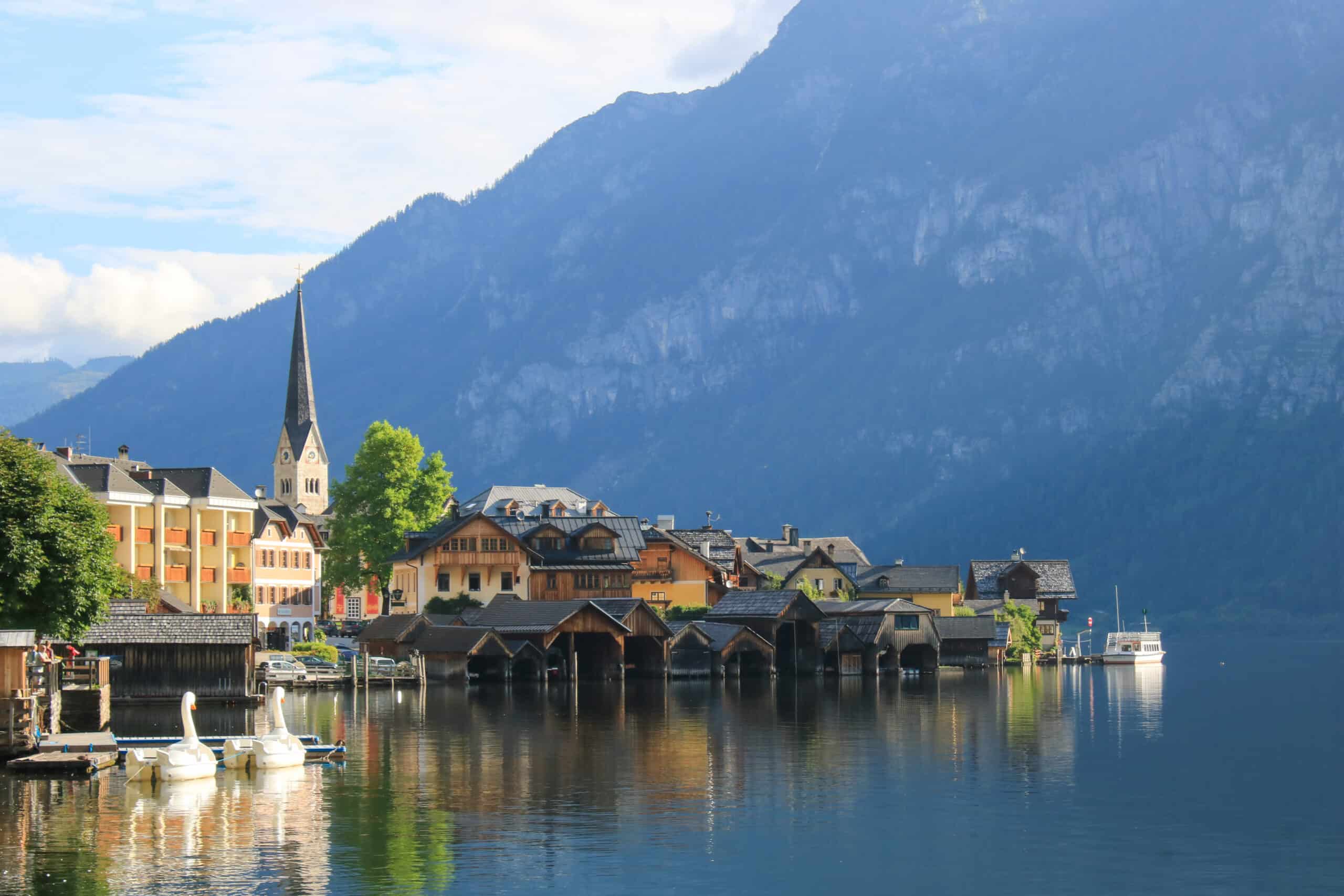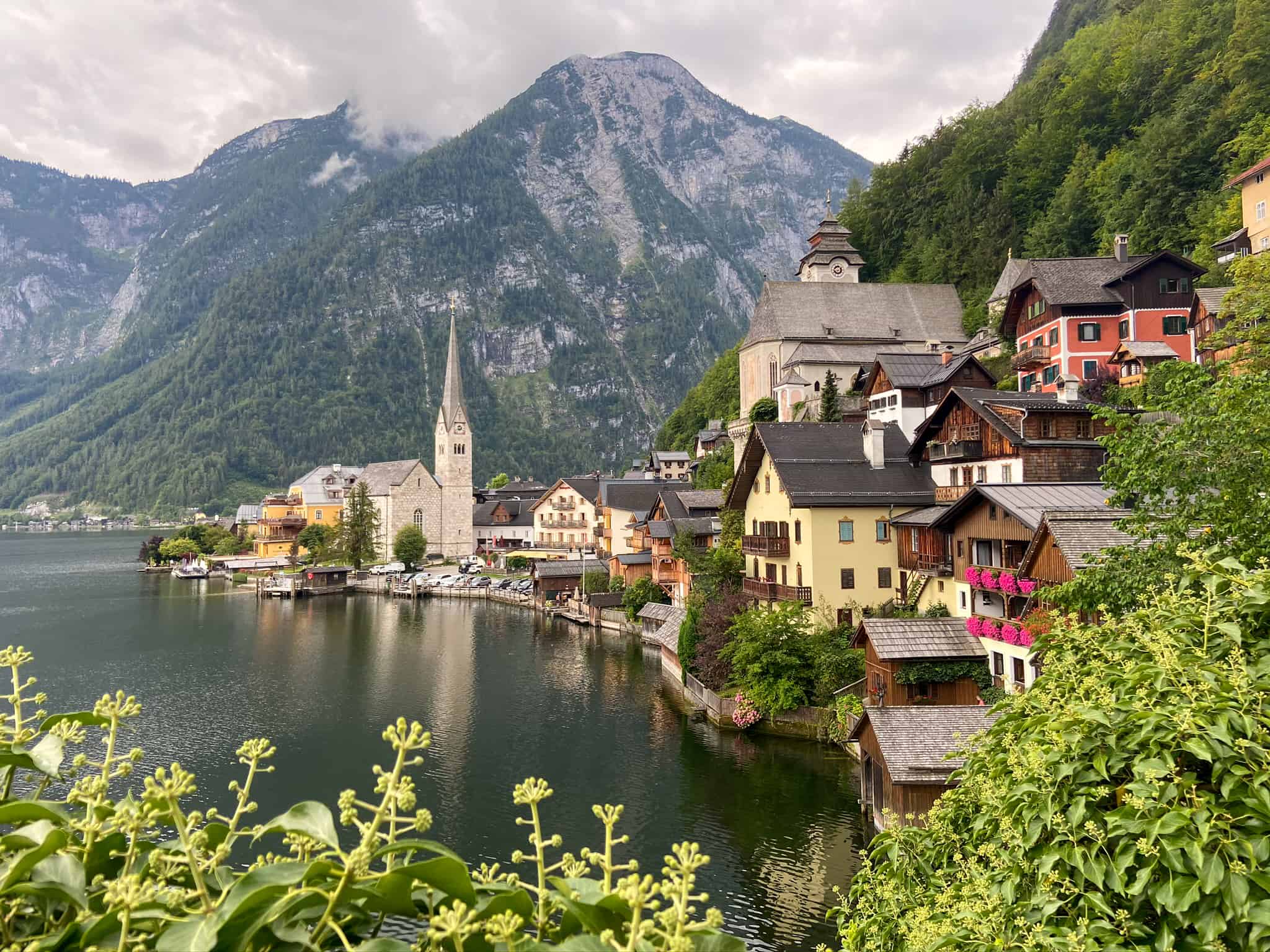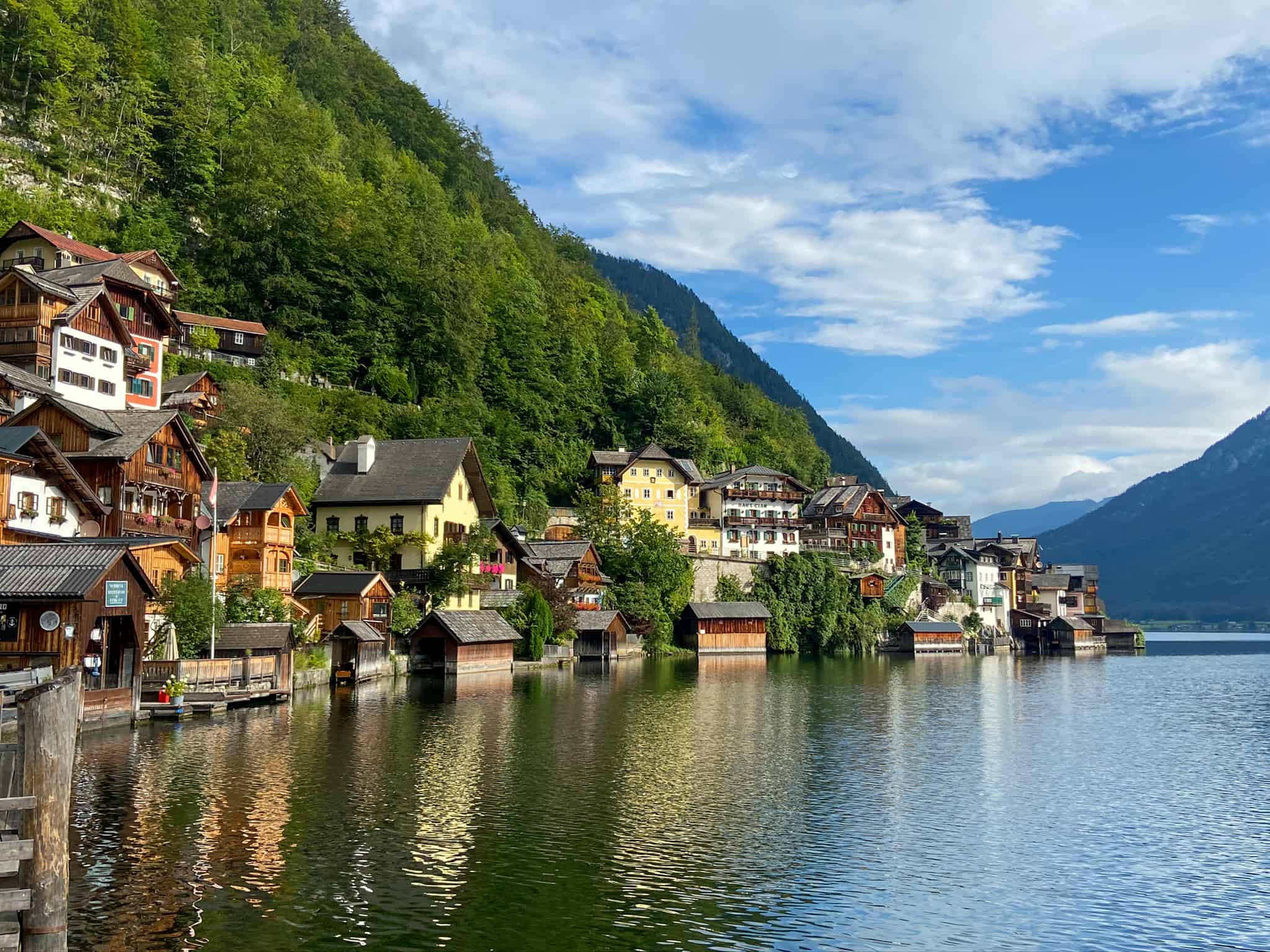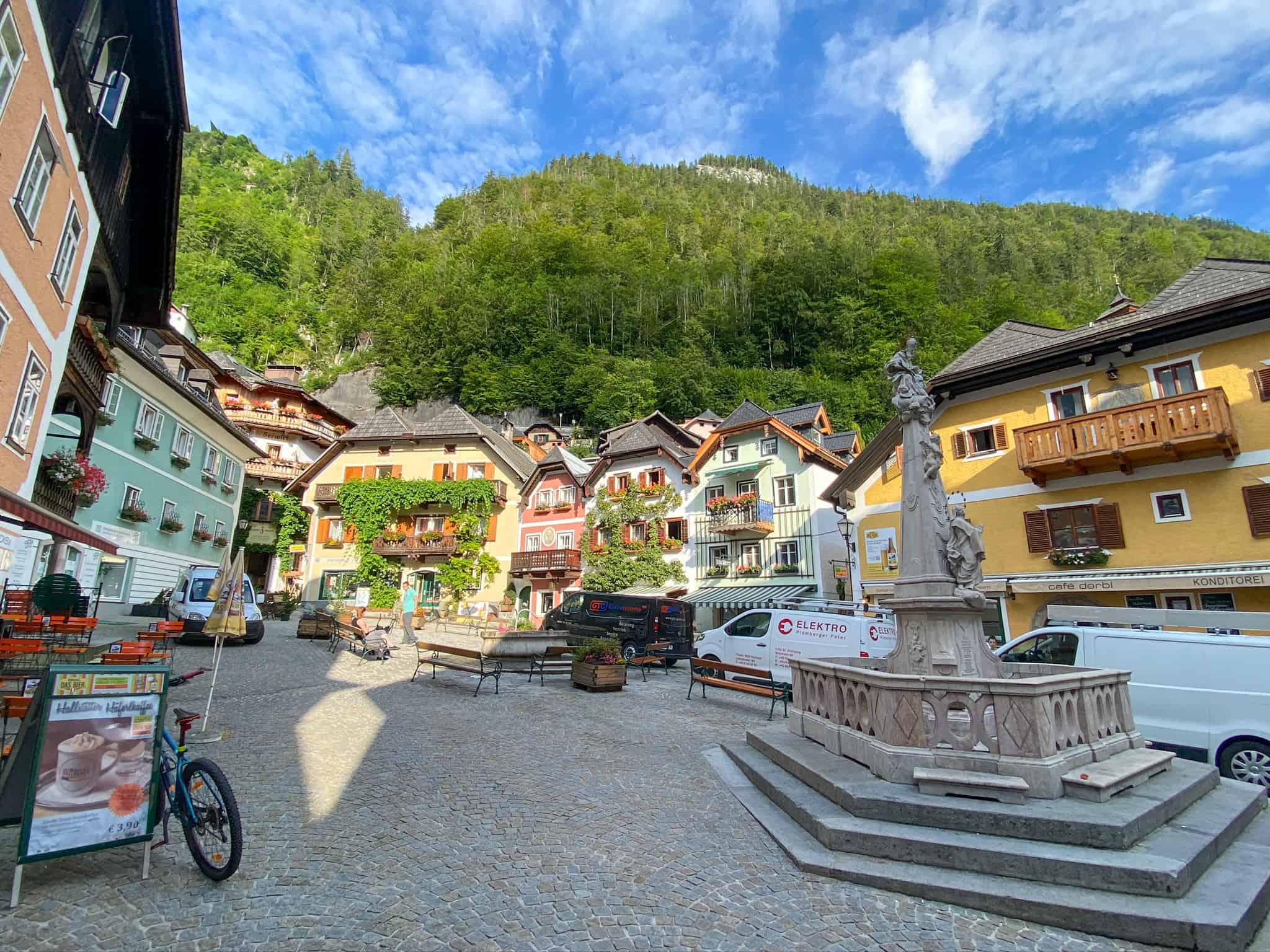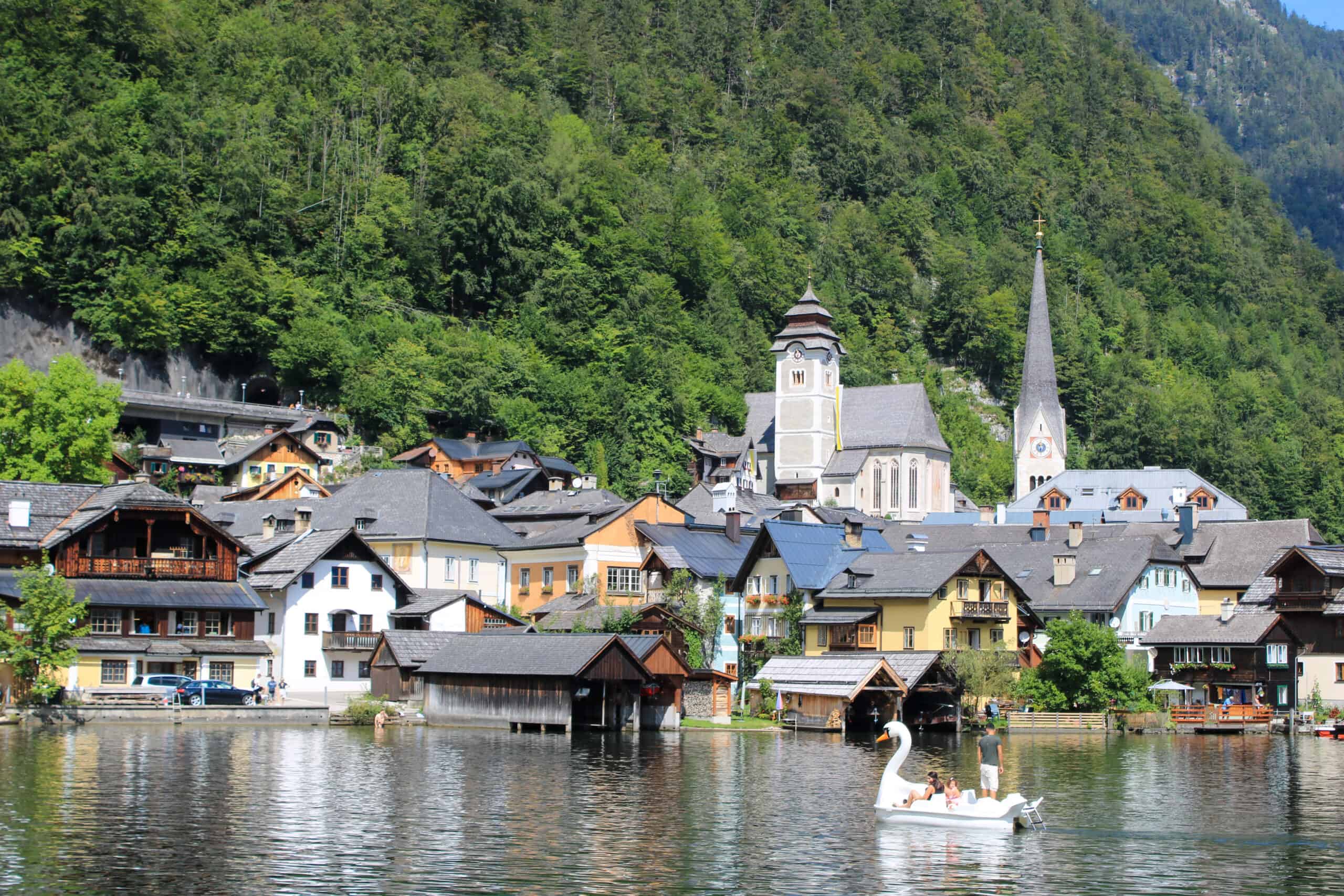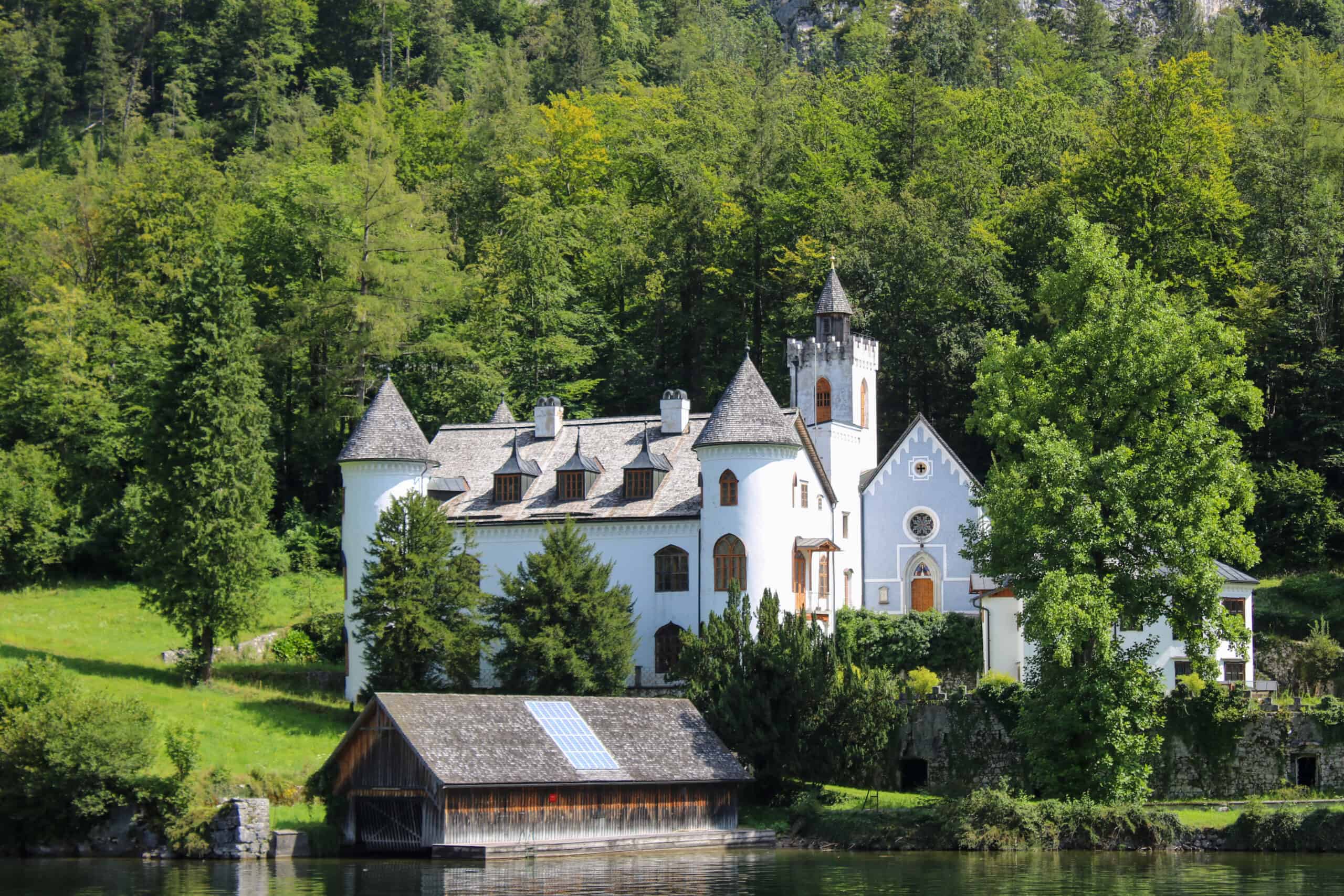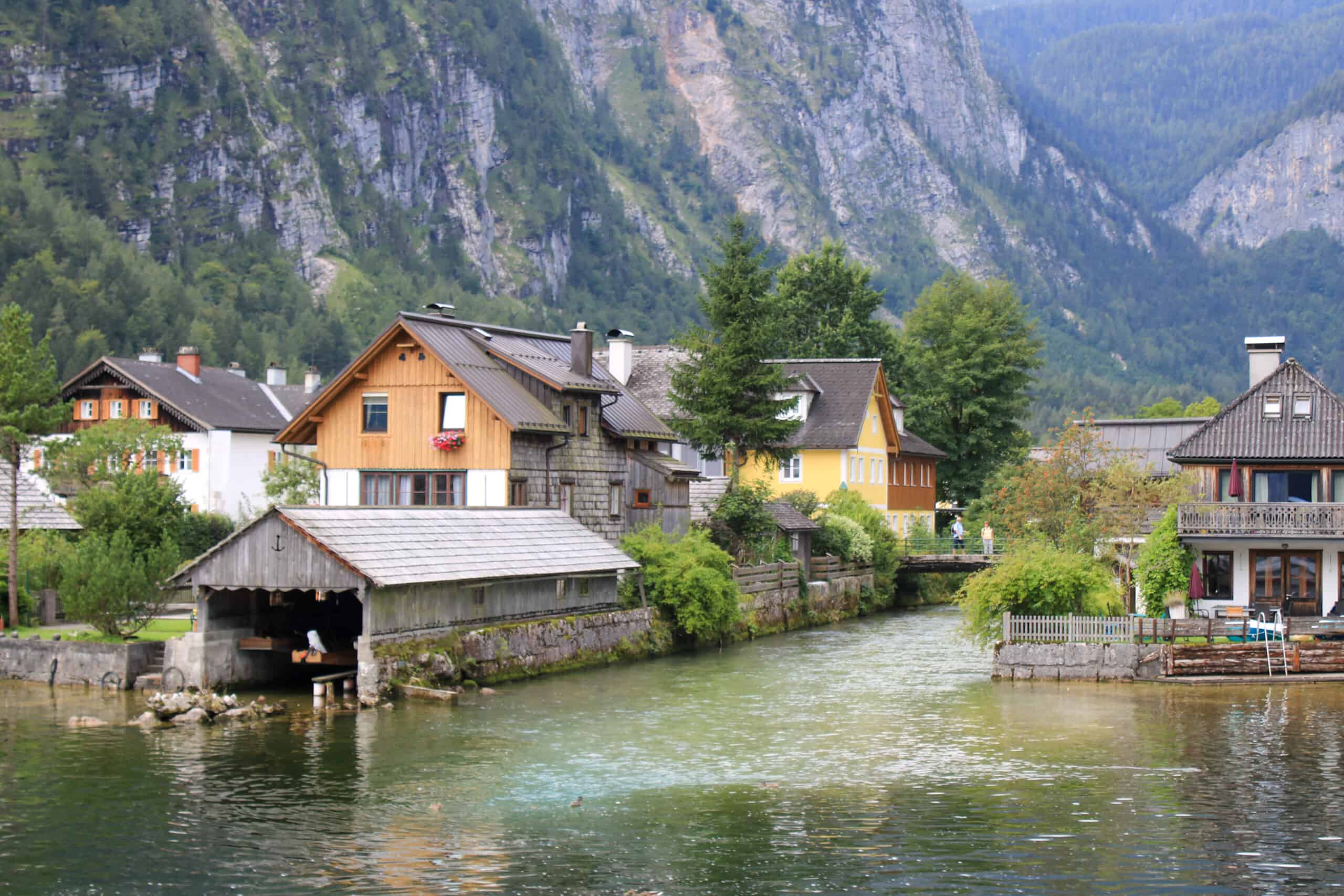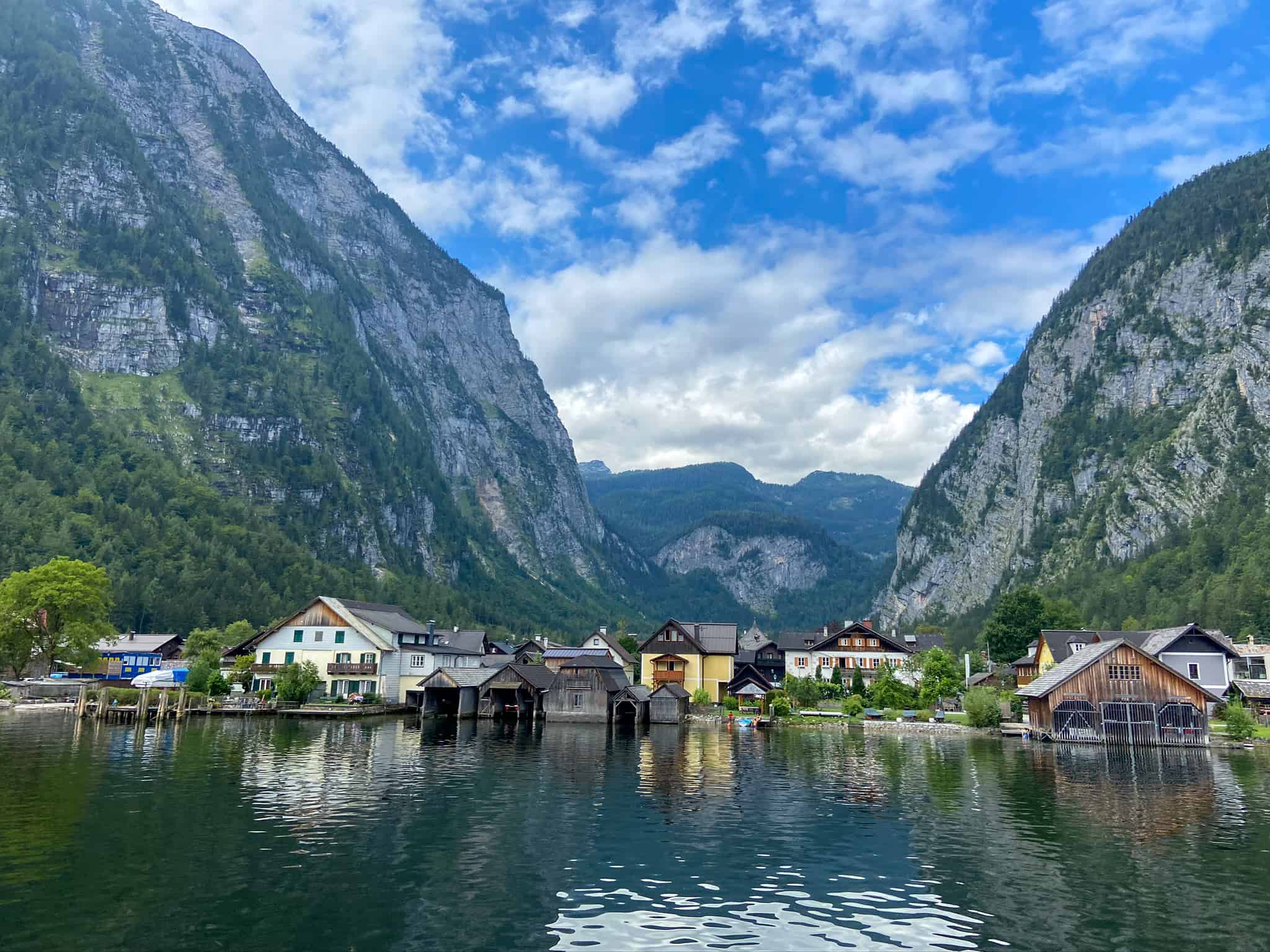The place Hallstatt is located on the Hallstatt Lake of the same name. Together with the Dachstein and the inner Salzkammergut, it is part of the UNESCO World Heritage Site Hallstatt-Dachstein/Salzkammergut.
Hallstatt is characterized by its idyllic location on the lake and the many historic buildings. Chinese architects liked Hallstatt so much that they built a replica of the world-famous place in the subtropical province of Guangdong. Enormous salt chambers were discovered there more than 4,000 years ago. To this day, the "white gold" is mined in the "oldest salt mine in the world" above Hallstatt. With its almost 4,000-year-old history, Hallstatt offers a wide range of activities for those seeking traces. The Celtic grave finds, the salt mine, the prehistoric museum, the houses stacked on top of each other in a small space, the churches, the cemetery with the ossuary and the "oldest pipeline in the world" - all of this can be admired in Hallstatt.
The visit of 600,000 to 700,000 day visitors annually, mainly from Asia, especially China, to the few streets of the small town, is a typical case of "overtourism" and is now causing controversy about the tolerable level of tourism and a limitation of access for tour groups arriving on excursion buses. Since autumn 2020, tour buses have only been allowed to arrive and let their groups get off in time slots previously allocated and offered to a limited extent by the local tourist office.
Sightseeing attractions:
- Catholic Parish Church of the Assumption of Mary, Maria am Berg: The late Gothic parish church of the Assumption of Mary, completed in 1505, stands on a rock above the roofs of the town. The mighty tower is the only remaining part of a previous church from 1320. The two-aisled hall church houses - in the right nave - the most culturally and historically significant sight: the Hallstatt Mary Altar, a late Gothic movable altar from Upper Austria.
- Karner: On the north side of the church, in the cemetery, stands the Karner with the small ossuary, which dates back to the 16th century. A total of 610 skulls are stacked on top of the bones of the deceased. On the forehead, above the date of birth and death, there is usually the name of the person, painted with dark wreaths of oak leaves, ivy or flowers. The ossuary is unique in the world, as the bones of entire generations are kept there in their entirety.
- Hallstatt Museum: The museum has, alongside the Natural History Museum Vienna, the second extensive collection of finds from the Hallstatt period in Austria.
- Hallstatt period burial ground and salt mine: A footpath leads to the Hallstatt period burial ground and the salt mine – the oldest in the world. Between 1282 and 1284, Duke Albrecht I of Austria had the Rudolf Tower built, which was named after his father, Rudolf I. Today, the tower houses a popular restaurant. The salt mine can be visited during a guided tour lasting around 70 minutes. In 1734, the Man in Salt found and preserved by the dehydrating effect of salt after he died in a mining accident in the 4th century BC.

